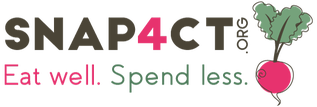Can You Still Eat That?
***Do you HAVE to throw out food once it’s “expired”?
***How do we really know if food is safe to eat?
What do Those Expiration Dates Mean?
|
Most foods contain a “sell by” or “best by” date. Those dates are just estimates of quality and freshness. They are not absolute rules telling us to throw the food away. In fact, there are no regulations on most food dates (baby food is an exception). [Learn more about Food Product Dating from the USDA (PDF)].
|
The Nose Knows What Is Safe
- The color is different or off
- A slimy, or white coating is forming
- Black or green fuzz is present (signs of mold)
Beware of the Danger Zone
Know the High Risk Foods
|
Some foods are more likely to make us sick than others. We need to be especially careful in handling raw meat, poultry, seafood, milk, and eggs. Fresh fruits and vegetables can also have bacteria on their skins so it is important to wash them thoroughly before cutting or eating them. Learn more about safely washing foods here.
Thoroughly cooking risky food is essential to keep you safe. Use a food thermometer and make sure the food reaches the recommended temperature to kill all bacteria:
|
Eat in Under a Week
- Meats, fish and shellfish – good for 3-5 days.
- Milk – good for 5-7 days after its “sell-by” date
Remember to use your senses to determine if a food is still good. The FoodKeeper App gives you additional guidance on how long foods will last .
Foods that Last a Long Time
- Eggs - although raw eggs (outside of their shell) fall into the high risk food category, when eggs are in their shell they can last 3-5 weeks in the refrigerator.
- Dry foods - like beans and lentils will be safe for years. Most grains will keep up to a year. Foods like cereal and grains (oats) are not likely to make you sick. Of course, they may get stale once opened and not taste as fresh, but they won’t actually harm you.
- Canned foods - like soup, vegetables, or tuna can last 2-5 years, especially when kept in a dark, dry, cool area. Foods with a high amount of acid (canned juices, pickles, and tomatoes) are generally good up to 18 months. Throw out bulging or dented cans, as that is a sign that bacteria might be present.
- Nuts & Seeds - since nuts and seeds contain fat (natural oils), they will go rancid after a few months in the pantry. They will last much longer in the refrigerator and can last for years once frozen.
- Condiments & Spices - salad dressings will last for months to up to a year. Ketchup, mustard, steak sauce can all last for a year or more. When kept in a cool, dry place, spices will last for years. Toasting old spices will help to wake up their flavor.
It’s a good idea to follow the “best by” dates even on dry and canned foods so you can enjoy them at their best quality. Also, to keep foods fresher longer, try to limit their exposure to air. Wrap foods tightly or store in airtight containers.
Watch for next month’s blog, "Your Guide to Preventing Food Waste: Part 2" where we uncover more tips on how to get the most from your food.
Learn More on Food Safety, Storage, and Waste here:
- FoodKeeper App – an interactive, online guide with food storage information on foods by category.
-
Is This Still Fresh? How to Judge Your Produce - from Eat Smart, Move More – Virginia SNAP-Ed
- Reducing Wasted Food at Home – a guide from the EPA.gov.
-
Kitchen Companion: Your Safe Food Handbook (PDF) – detailed guide including a food storage chart from ChooseMyPlate.
- Is Fresh Produce Safe to Eat? - an article on the importance of eating fresh fruits and vegetables and how to wash them correctly.

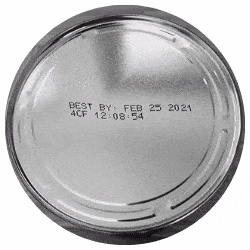
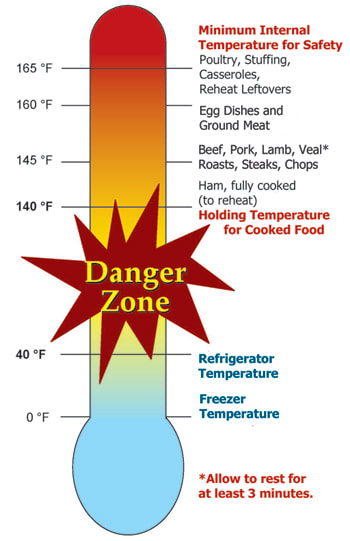
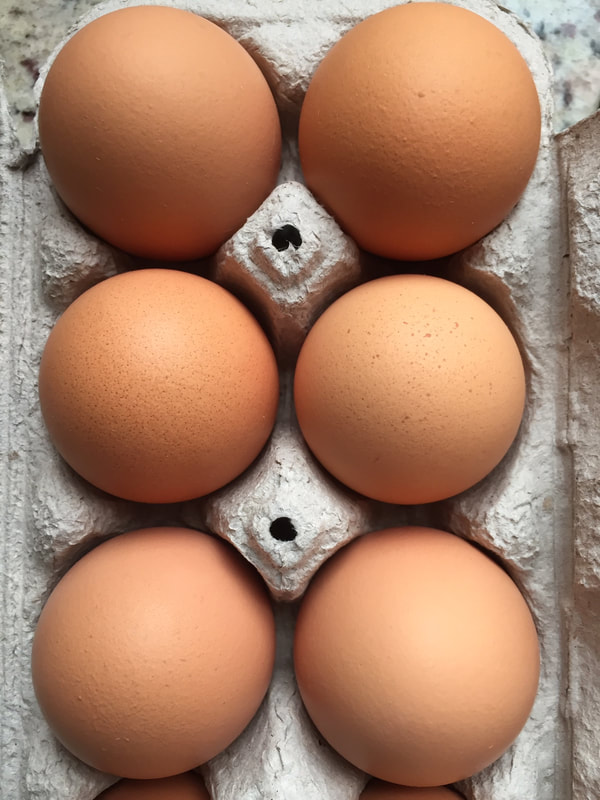
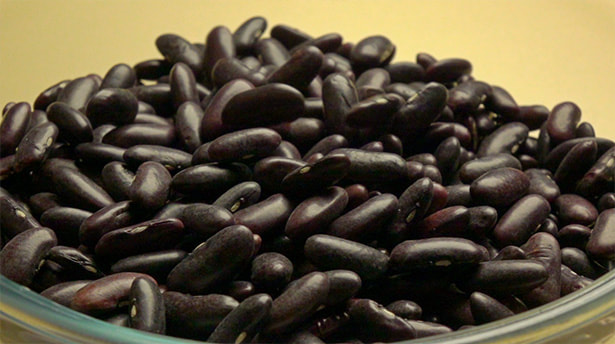
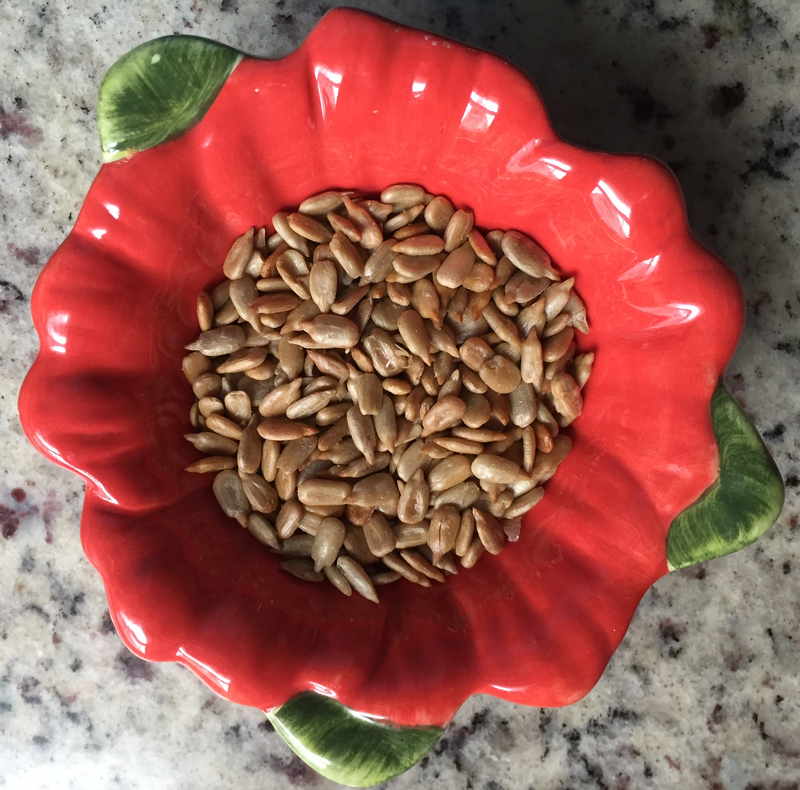

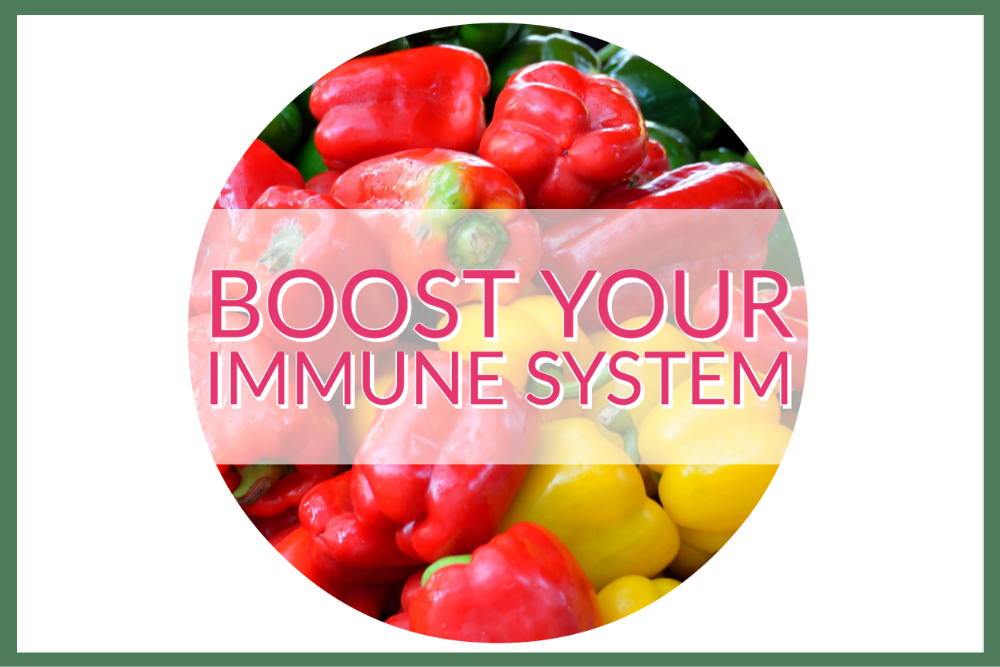
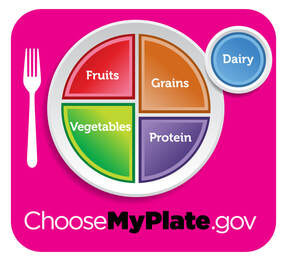
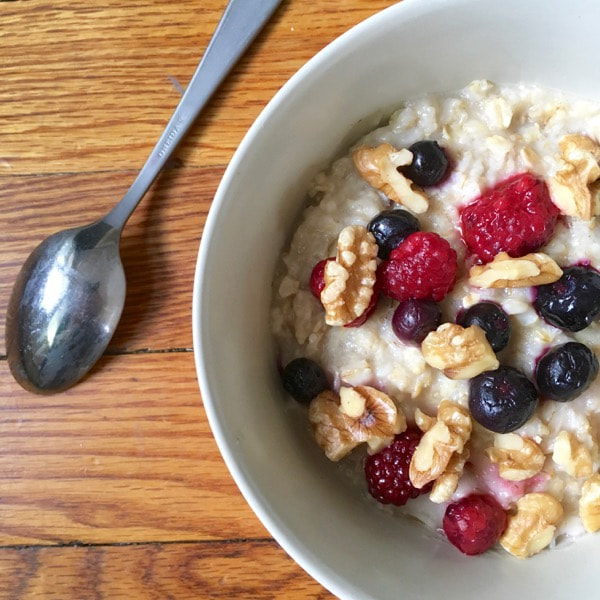

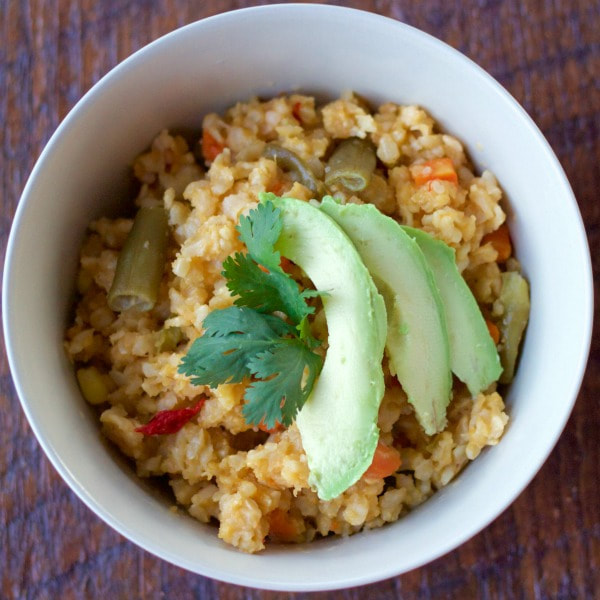
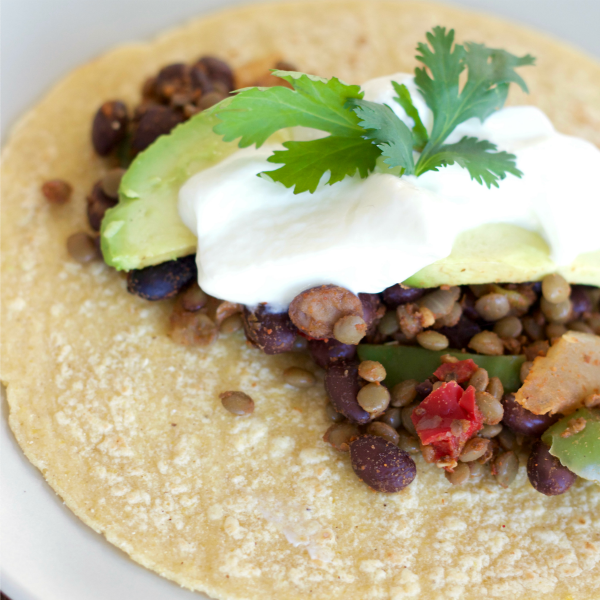
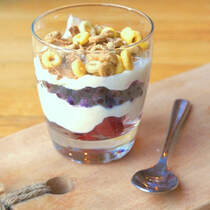
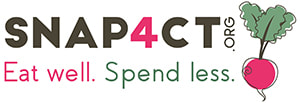
 RSS Feed
RSS Feed
